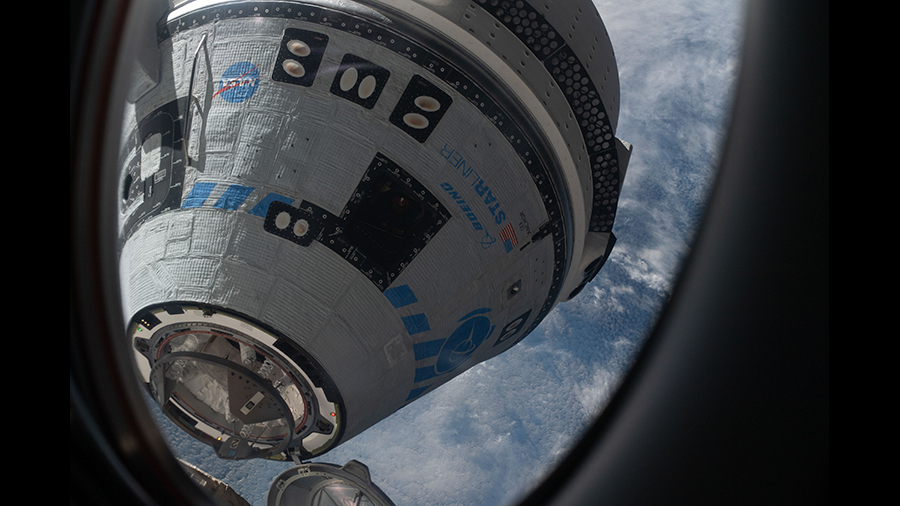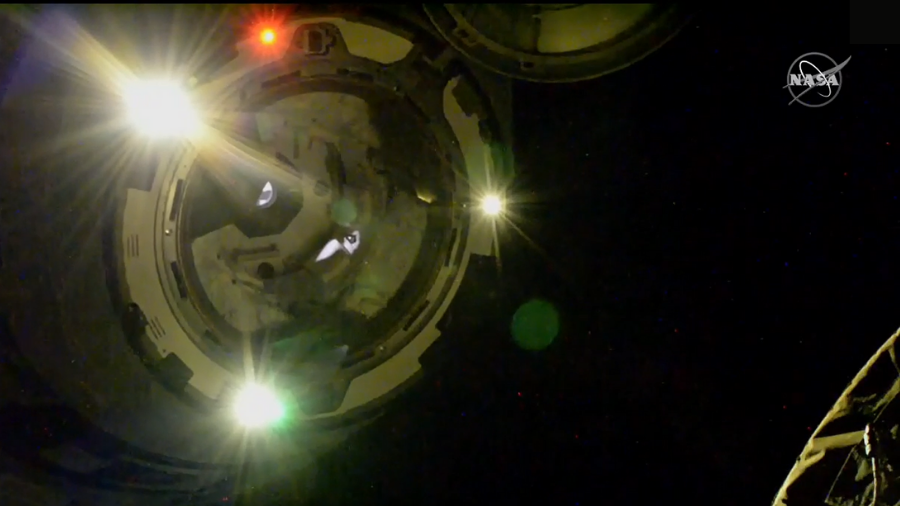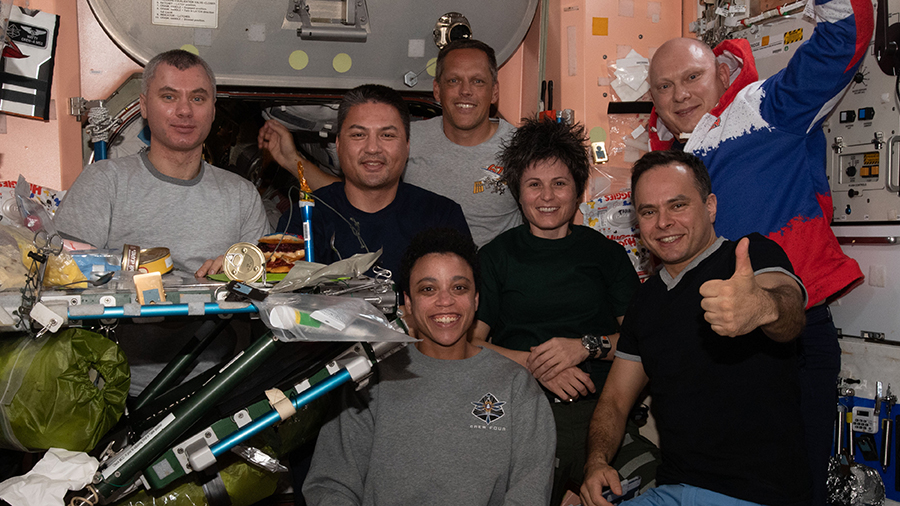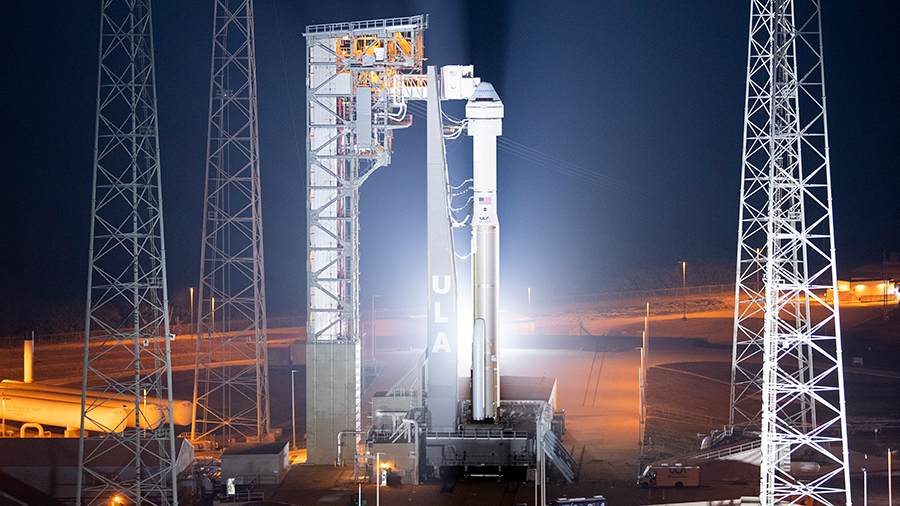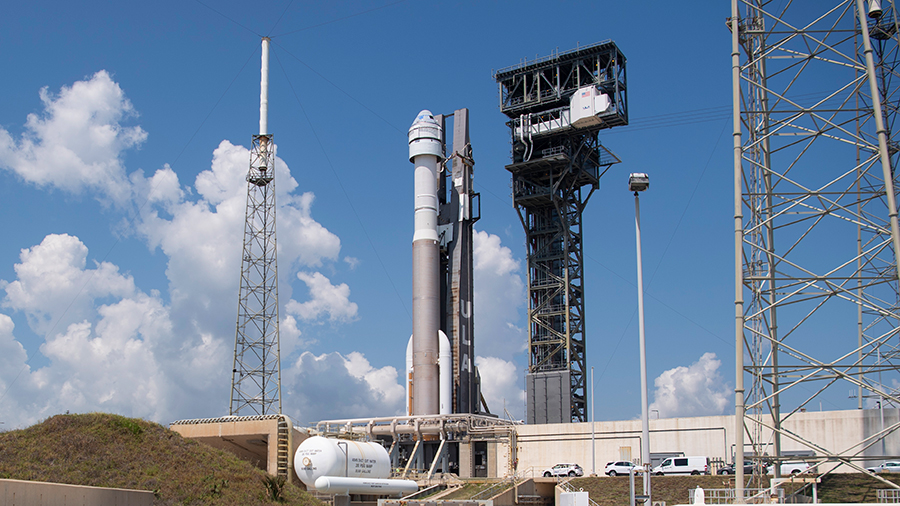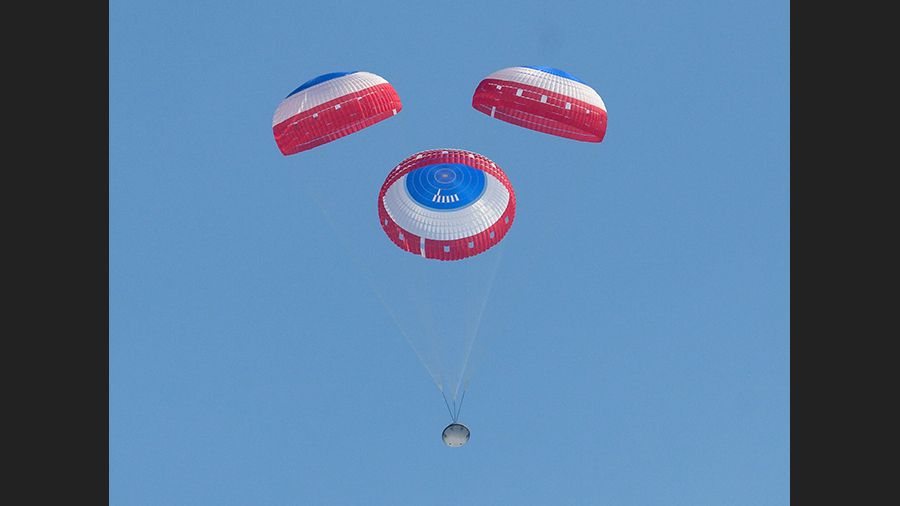
The seven Expedition 67 crew members are resuming their normal schedule of science and maintenance activities following Wednesday’s departure of Boeing’s Starliner spacecraft. The orbital residents focused on vein scans, robotics, and a host of other space research onboard the International Space Station today.
NASA and Boeing completed its Orbital Flight Test-2 mission on Wednesday. NASA Flight Engineers Kjell Lindgren and Bob Hines monitored the crew ship’s arrival last week, conducted cargo and test operations inside the vehicle, then closed the hatch on Tuesday before finally seeing Starliner undock from the Harmony module’s forward port at 2:36 p.m. EDT on Wednesday.
Lindgren started Thursday with a hearing assessment for the Acoustic Diagnostics experiment then setup the Astrobee robotic free-flyers for the Kibo Robot Programming Challenge 3. Hines set up hardware that will measure blood flow in the brain for the Cerebral Autoregulation investigation.
Both astronauts later joined astronauts Jessica Watkins of NASA and Samantha Cristoforetti of ESA (European Space Agency) for vein scans on Thursday. The quartet used the Ultrasound 2 device to scan each other’s neck, shoulder and leg veins. Doctors on the ground monitored the downlinked biomedical scans in real time to gain insight into how the astronaut’s bodies are adapting to microgravity.
Watkins and Cristoforetti began their day collecting their blood and urine samples, spinning them in a centrifuge, and stowing the samples in a science freezer for future analysis. The duo then joined Lindgren in checking out the U.S. spacesuits.
The station’s three cosmonauts from Roscosmos also contributed to the array of space research taking place today on the orbiting lab. The trio, including Commander Oleg Artemyev, with Flight Engineers Denis Matveev and Sergey Korsakov, took turns exploring ultrasound techniques to improve locating landmarks on Earth for photography. Artemyev also completed a session that monitored his cardiac activity for 24 hours. Matveev assisted Korsakov, attached to a variety of sensors, as he worked out on an exercise cycle for a fitness evaluation.
Learn more about station activities by following the space station blog, @space_station and @ISS_Research on Twitter, as well as the ISS Facebook and ISS Instagram accounts.
Get weekly video highlights at: http://jscfeatures.jsc.nasa.gov/videoupdate/
Get the latest from NASA delivered every week. Subscribe here: www.nasa.gov/subscribe

